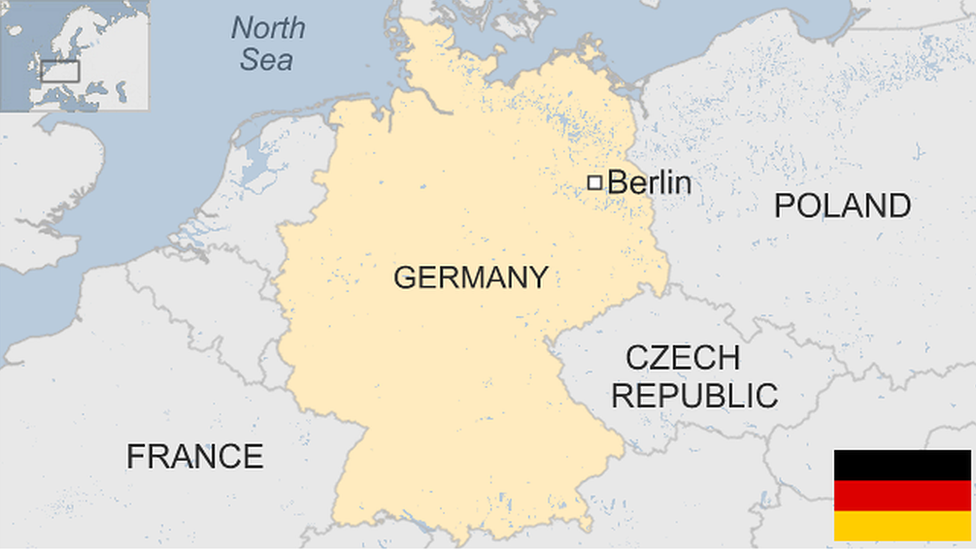Denmark country profile
- Published
This page is no longer being updated. It was last updated on 8 January 2025

The Kingdom of Denmark has, despite its relatively small size, punched above its weight internationally.
Vikings raiding from Denmark and the other Nordic nations changed the course of 9th and 10th Century European history; in the Middle Ages, the Union of Kalmar united all of Scandinavia under Danish leadership.
In more recent times, Denmark has developed a highly-competitive service-based economy with high employment levels and a generous social security system.
The Social Democrats led coalition governments for most of the post-war period until the 1980s, consolidating the country's liberal reputation, although concerns at high taxation levels and tension over immigration have put the centre-right in office for several long periods since then.
The Kingdom of Denmark includes the territories of the Faroe Islands and Greenland.
Read more country profiles, external - Profiles by BBC Monitoring, external
KINGDOM OF DENMARK: FACTS
Capital: Copenhagen
Area: 42,926 sq km (Denmark)
Population: 5.9 million (Denmark)
Languages: Danish, Faroese, Greenlandic, German
Life expectancy: 79 years (men) 83 (women)
LEADERS
King: Frederik X

King Frederik X of Denmark and Queen Mary of Denmark
King Frederik X succeed his mother, Margrethe II, to the Danish throne in January 2024. Margrethe, who reigned for 52 years, became the first Danish monarch to voluntarily abdicate in over 800 years.
In his first speech to Danes, King Frederik said his task of becoming "a unifying king of tomorrow" was something he had approached all of his life.
"It's a task I've taken on with pride, respect and joy."
Queen Margrethe became monarch only because a change in the law in 1953 allowed a woman to ascend to the throne. She succeeded on the death of her father, King Frederik IX, in 1972.
Prime Minister: Mette Frederiksen
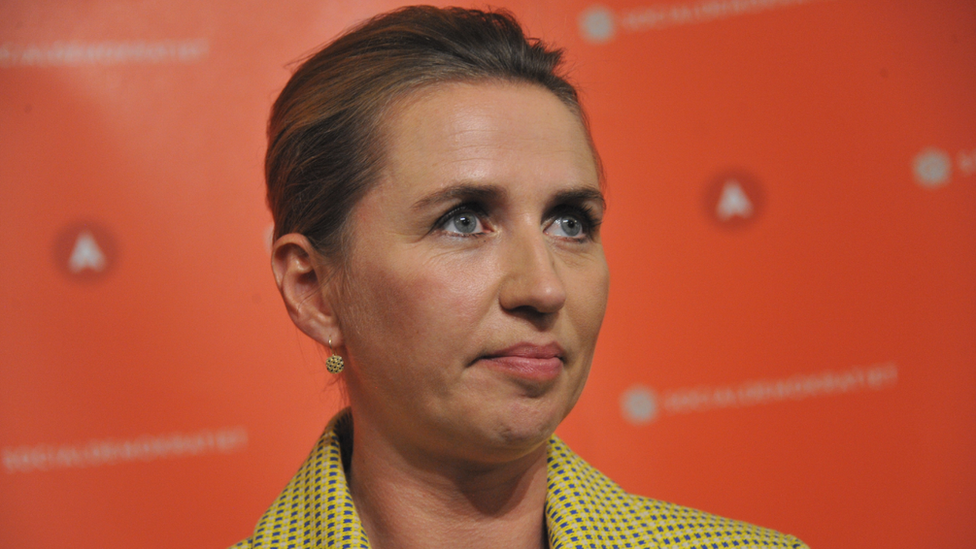
Social Democrat leader Mette Frederiksen led her party back to power in the June 2019 general election, ending four years of centre-right rule.
She campaigned on a combination of traditional centre-left calls for stronger welfare policies, combined with a promise to be tough on immigration.
She took over the party leadership in 2015, when her predecessor and Denmark's first woman prime minister, Helle Thorning-Schmidt, lost power.
Taking office at the age of 41, she is the youngest prime minister in Danish history.
MEDIA
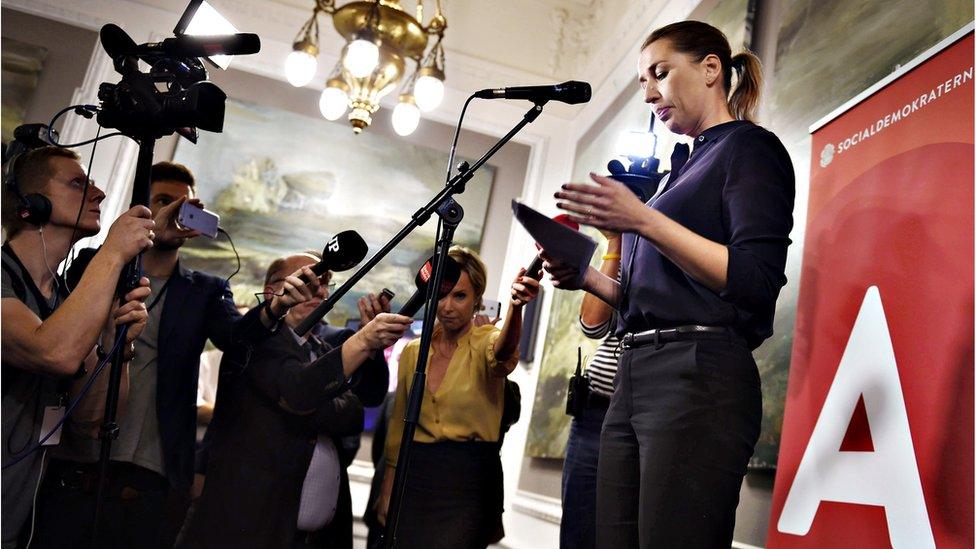
Public Danmarks Radio (DR) runs national TV networks and national and regional radio.
TV2 is a government-owned commercial station. The main privately-owned TVs broadcast via digital terrestrial, satellite and cable.
Freedom of expression is provided for in law. Facebook is the top social media destination.
Read full media profile
TIMELINE
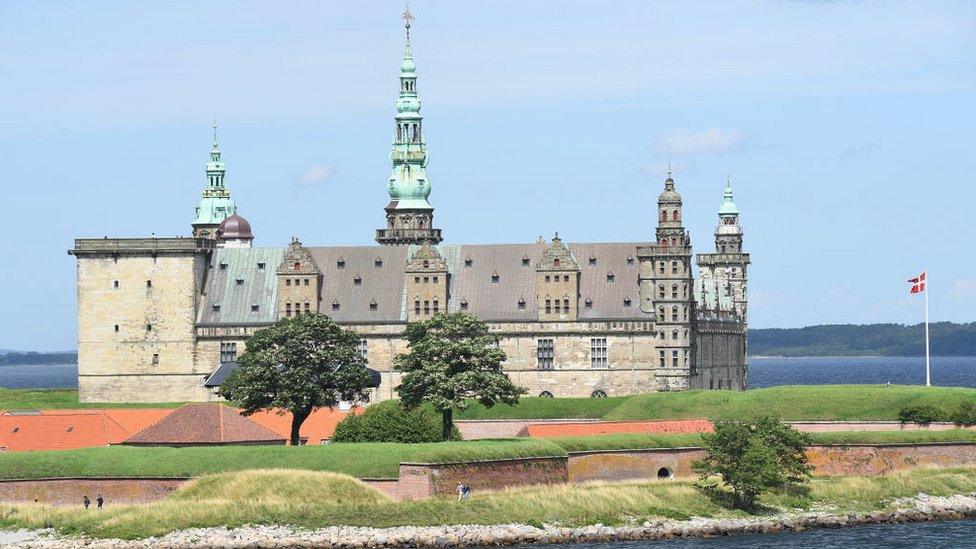
Kronborg Castle in Helsingor, immortalized as "Elsinore" in Shakespeare's play Hamlet
Some key dates in Denmark's history:
10th Century - Kingdom of Denmark unified and Christianity introduced.
1397 - Union of Kalmar unites Denmark, Sweden and Norway under a single monarch. Denmark is the dominant power.
1729 - Greenland becomes Danish province.
1814 - Denmark cedes Norway to Sweden.
1849 - Denmark becomes constitutional monarchy; two-chamber parliament established.
1914-18 - Denmark is neutral during World War One.
1930s - Welfare state established by governments dominated by social democrats.
1939 - Denmark signs 10-year non-aggression pact with Nazi Germany.
1940 - Nazi invasion meets virtually no initial resistance. Government accepts occupation in exchange for measure of control over domestic affairs.
1943 - A determined campaign by the Danish resistance prompts Germany to take over full control of Danish affairs. Thousands of Danish Jews escape to Sweden.
1945 - Germany surrenders and occupation ends. Denmark recognises Iceland's independence.
1949 - Denmark joins Nato.
1952 - Denmark becomes founder member of Nordic Council.
1953 - Constitutional change leads to a single-chamber parliament elected by proportional representation; female accession to the Danish throne is permitted; Greenland becomes integral part of Denmark.
1959 - Denmark joins European Free Trade Association.
1973 - Denmark joins the European Economic Community.
1972 - King Frederik IX dies and is succeeded by his daughter Margrethe II.
1979 - Greenland is granted home rule. Denmark retains control over Greenland's foreign affairs and defence.
2000 - Danes reject the euro as a national currency.
2008 - Greenland referendum approves plans to seek more autonomy from Denmark and a greater share of oil revenues off the island's coast.
2014 - Denmark submits a claim to territory around the North Pole to a UN panel gathering evidence to determine control of the region.
2018 - Denmark bans the wearing of face veils in public.
2024 - Queen Margrethe abdicates and is succeeded by her son Frederik X.
US President-elect Donald Trump repeats his desire to buy Greenland. Shortly afterwards, Denmark announces a huge boost in defence spending for Greenland, and King Frederik changes the royal coat of arms to more prominently feature Greenland and the Faroe Islands.
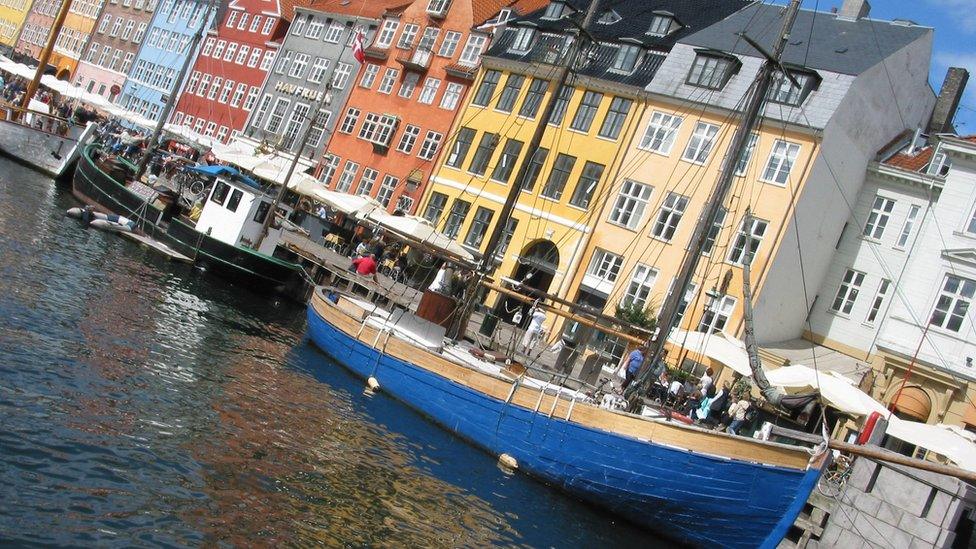
The Nyhavn harbour area of Copenhagen
- Published10 January
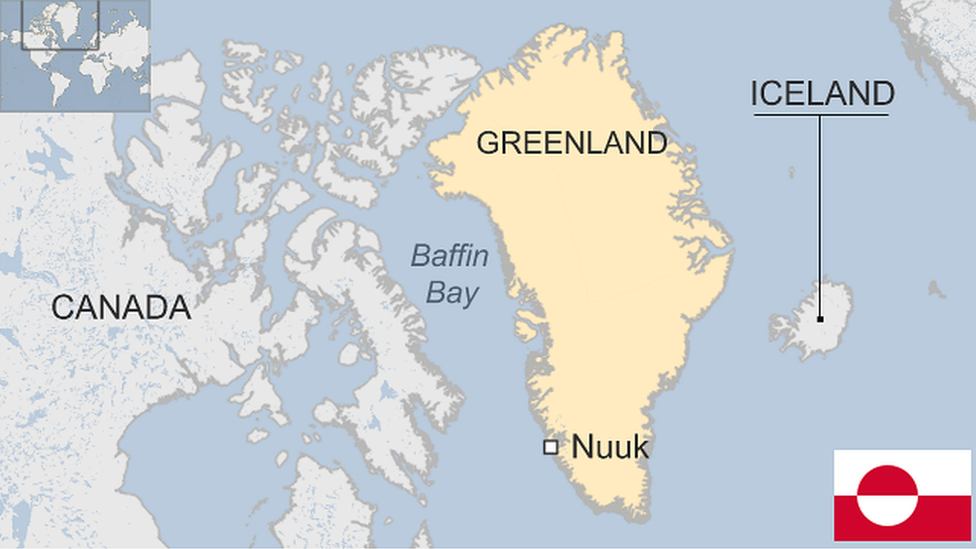
- Published25 October 2024
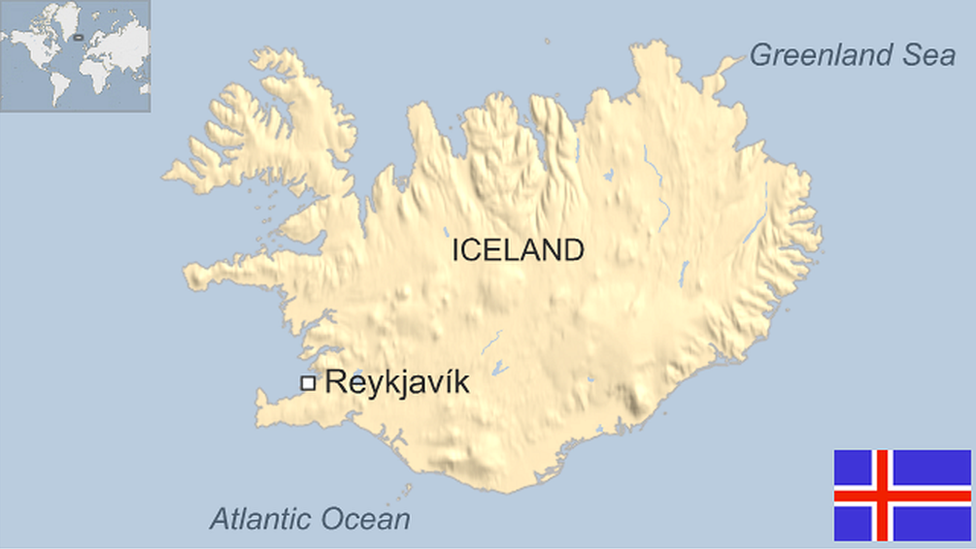
- Published11 February
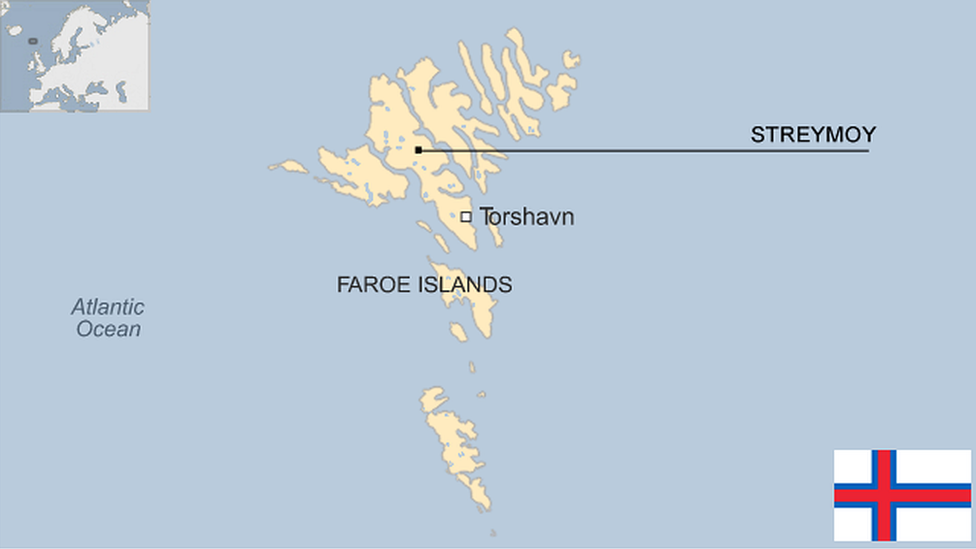
- Published9 July 2024
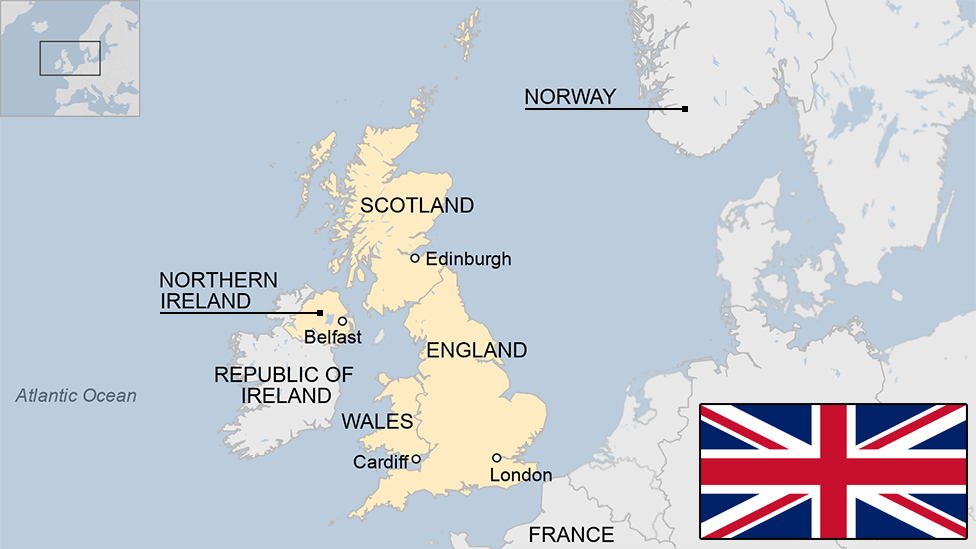
- Published28 March 2023
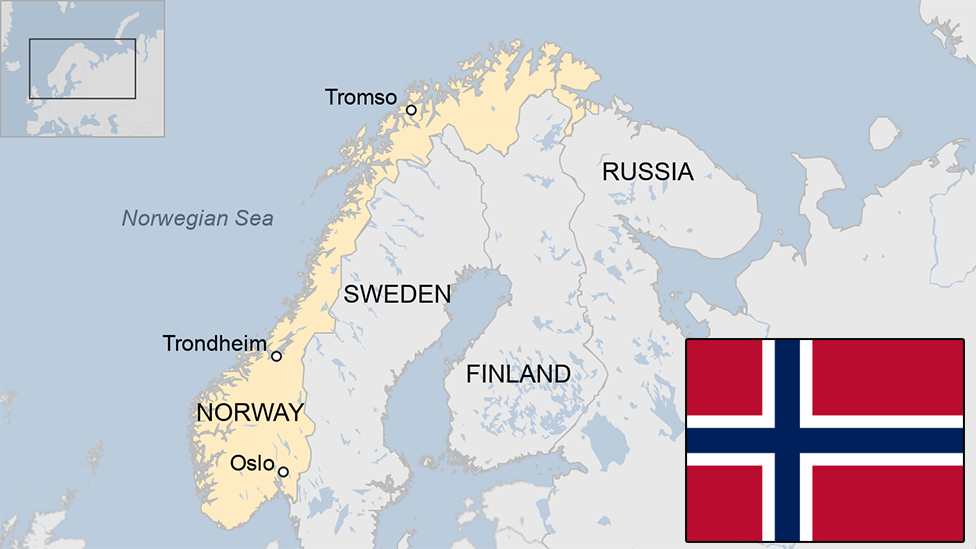
- Published29 March 2023
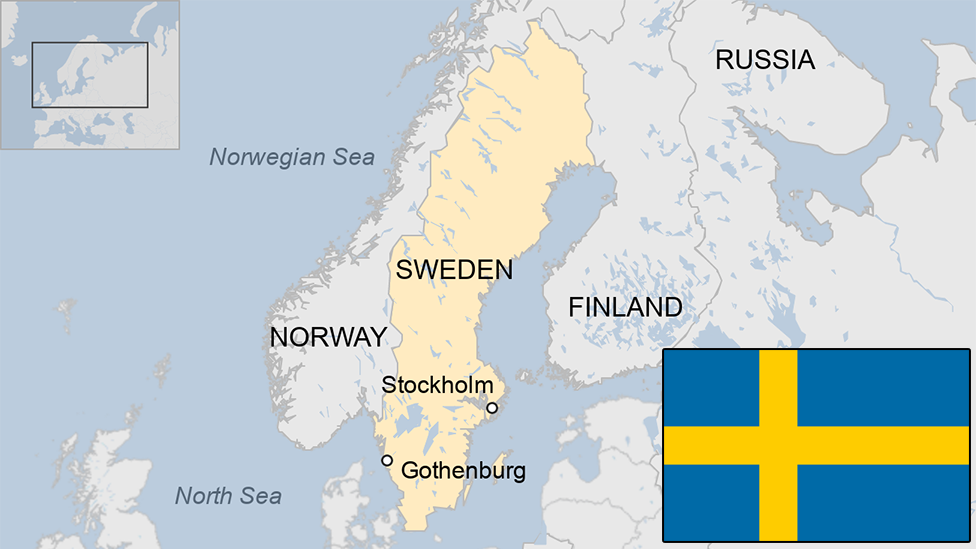
- Published13 February 2024

- Published4 September 2023
